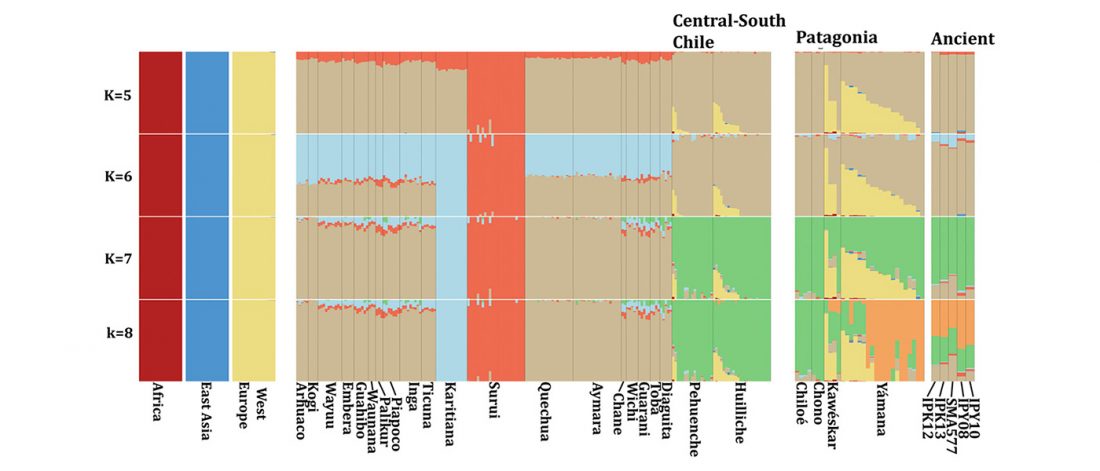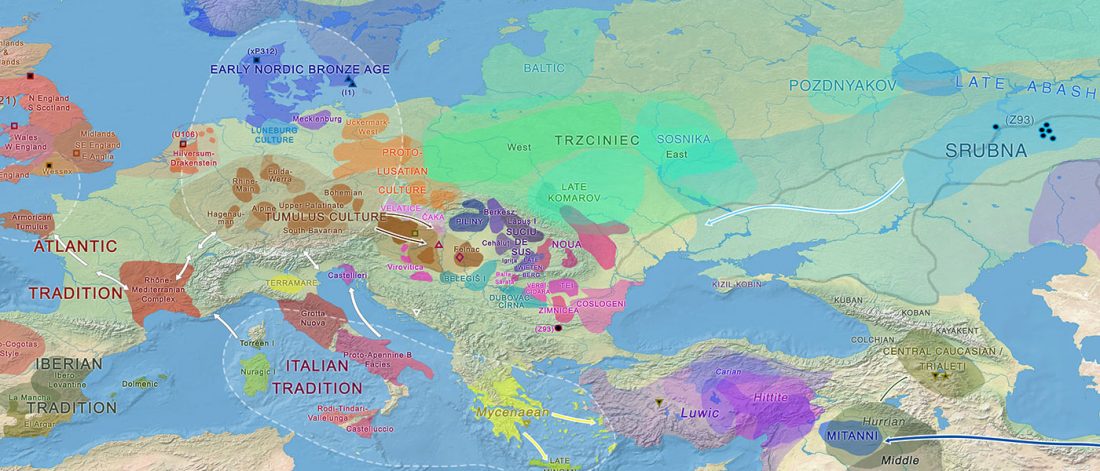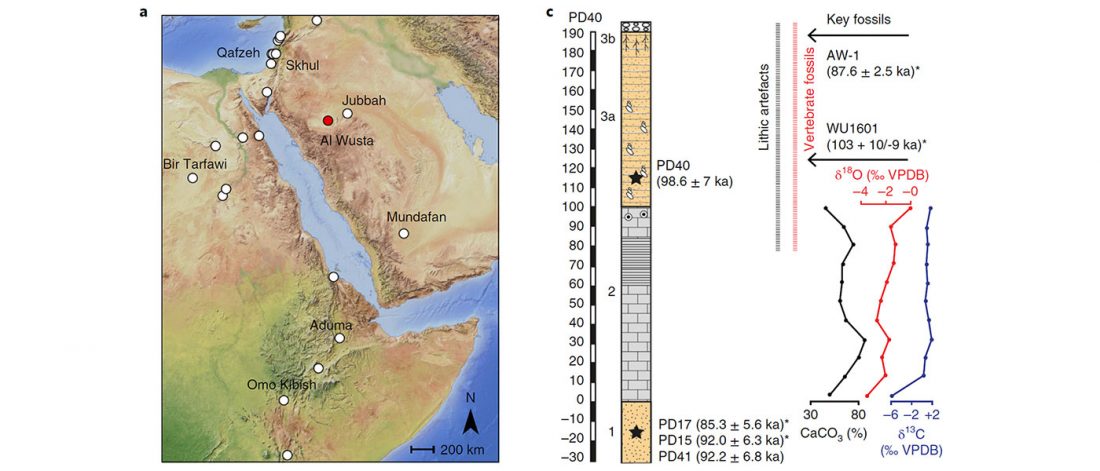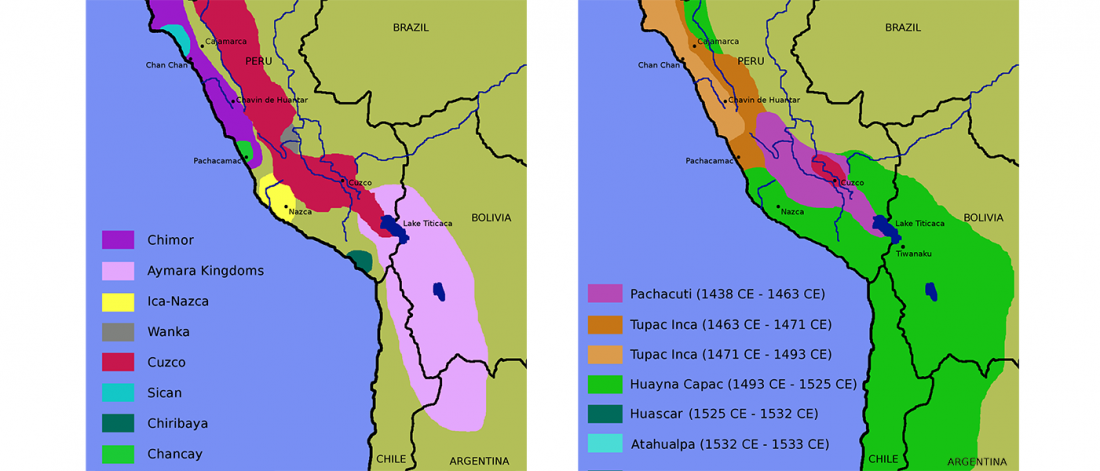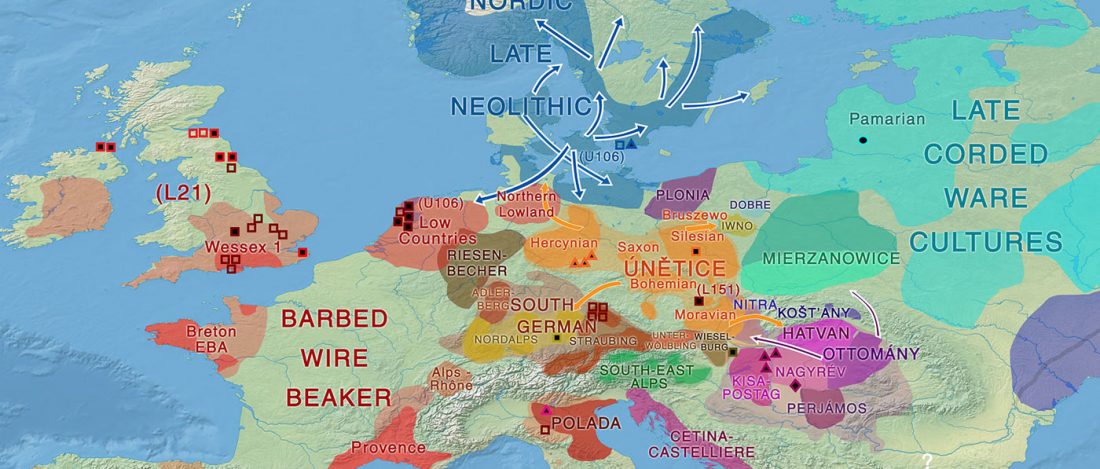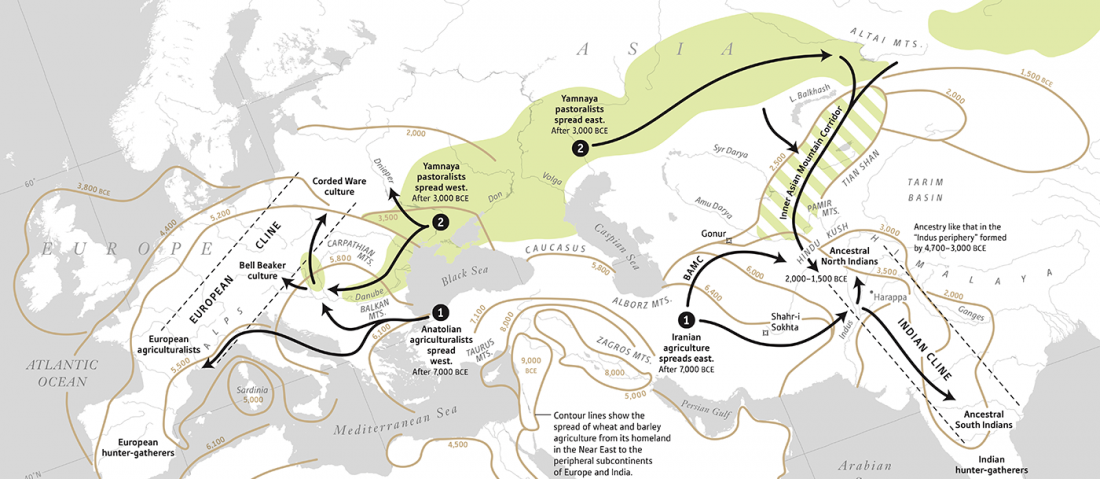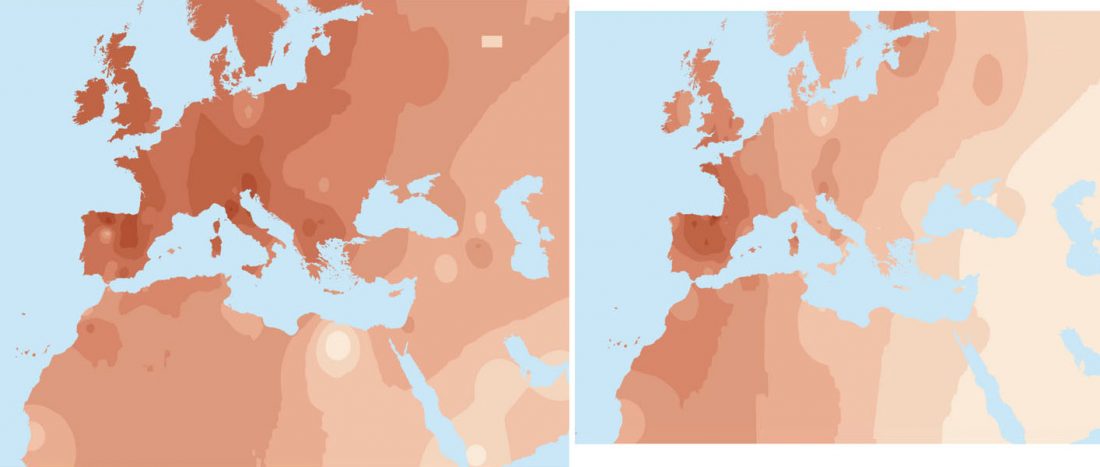Genomic insights into the origin and diversification of late maritime hunter-gatherers from the Chilean Patagonia, by de la Fuente et al. PNAS (2018) published ahead of print.
Abstract (emphasis mine):
… Read the rest “Ancient Patagonian genomes suggest origin and diversification of late maritime hunter-gatherers”Patagonia was the last region of the Americas reached by humans who entered the continent from Siberia ∼15,000–20,000 y ago. Despite recent genomic approaches to reconstruct the continental evolutionary history, regional characterization of ancient and modern genomes remains understudied. Exploring the genomic diversity within Patagonia is not just a valuable strategy to gain a better understanding of the history and diversification of human populations in the southernmost tip of
